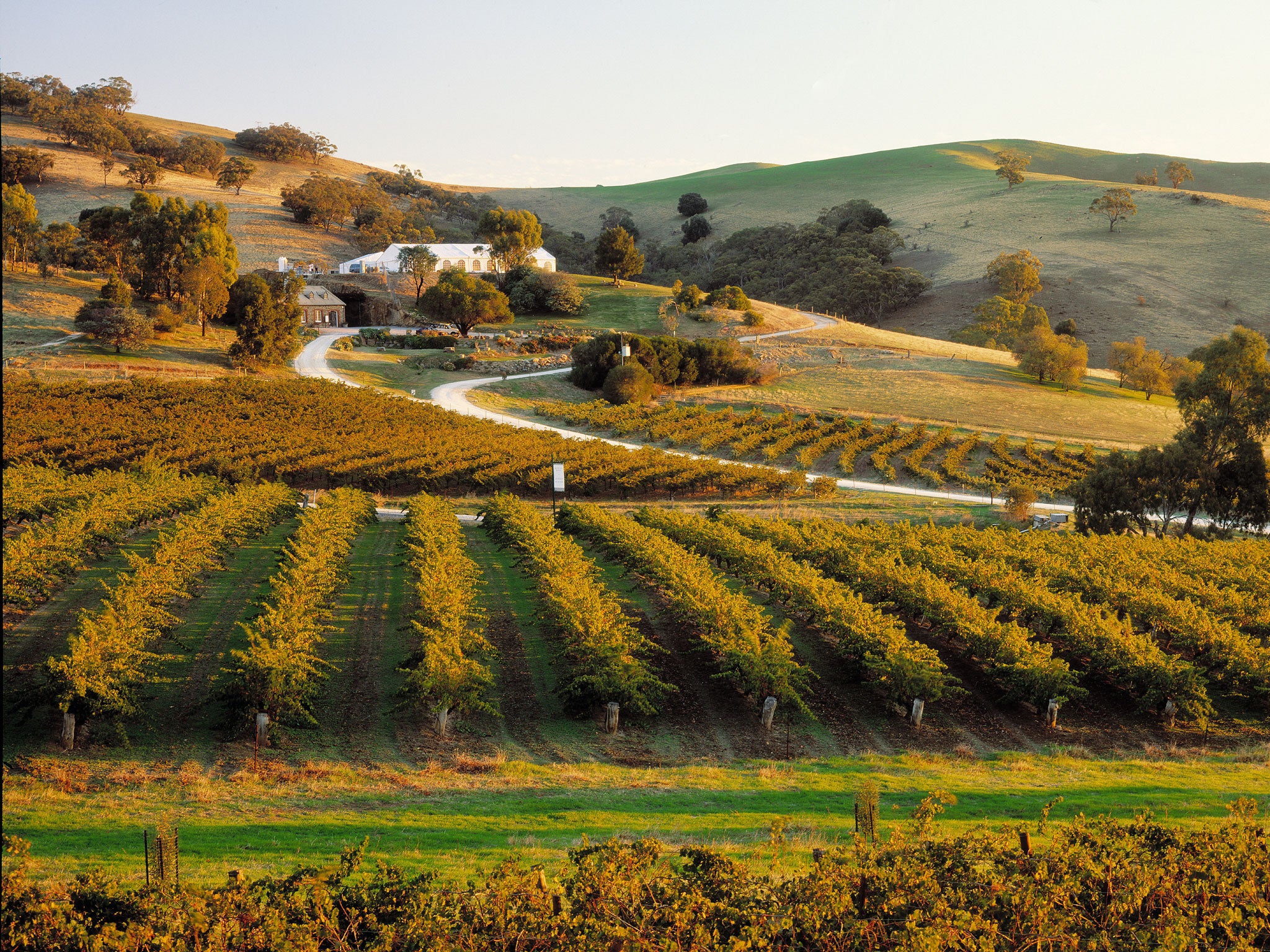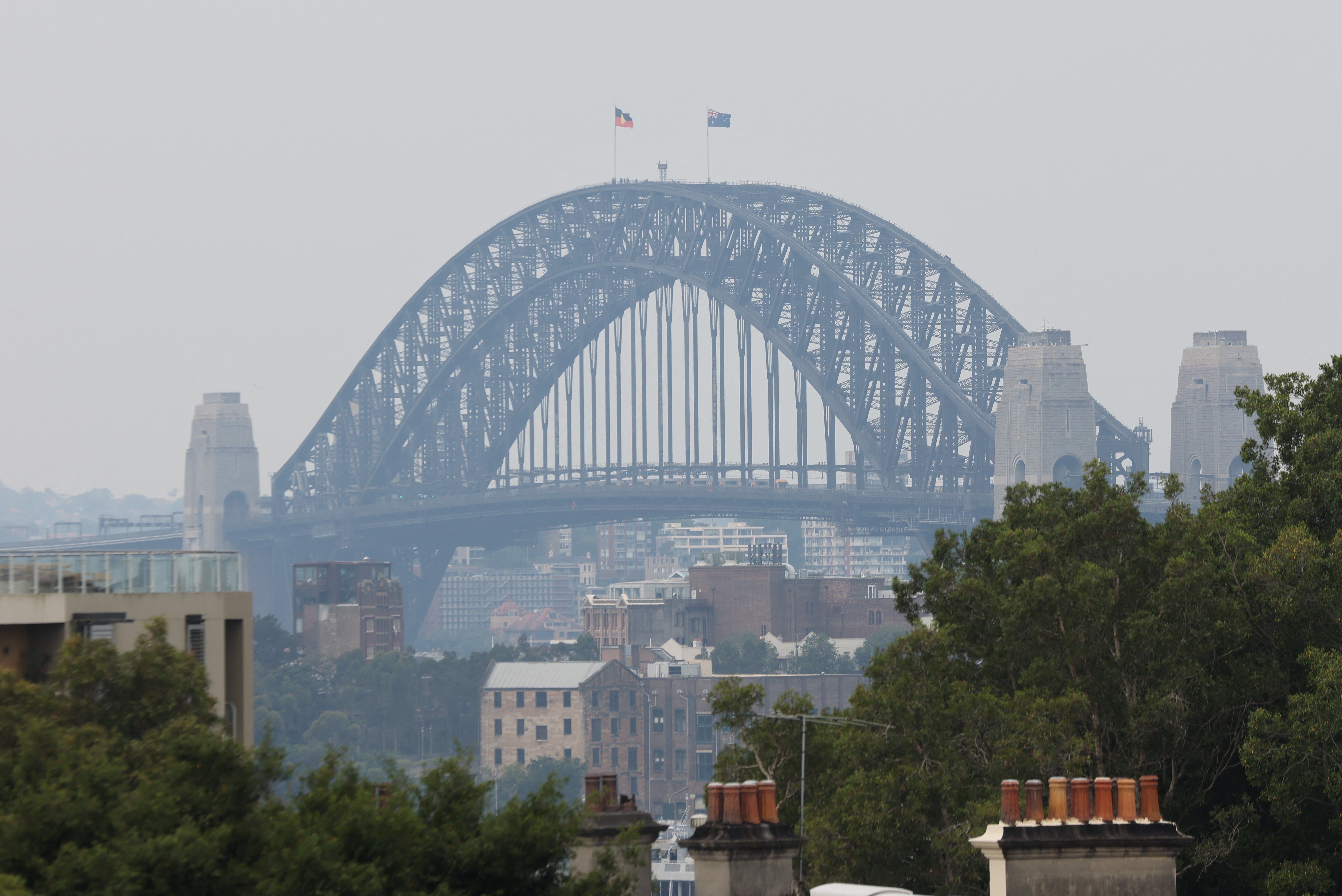From Bondi Beach to Uluru, how climate crisis is threatening Australia’s iconic tourist destinations
Half of country’s major tourism spots already face high risk of disasters, new assessment says
Nearly two-thirds of Australia’s most famous tourist attractions, from Bondi Beach to Uluru, may be under threat from the climate crisis by 2050, a new report says.
The Climate Risk Index report, released by Zurich Financial Services Australia and economics consulting firm Mandala Partners on Monday, shows that at least half of the 178 major tourism spots across the country already face high risk from disasters.
These include national parks, beaches, and airports, with the situation expected to worsen as global temperatures rise. By 2050, the number of sites at risk could rise to between 55 per cent and 68 per cent, depending on the scale of warming.
If global temperatures rise by 2C, as projected by moderate scenarios, 55 per cent of the country’s tourism sites will be vulnerable. If the planet warms by 3C, an extreme scenario, up to 68 per cent of the sites could experience severe climate impacts by mid-century.
Queensland’s Daintree Rainforest is one area facing extreme peril. Rising temperatures and flooding are already affecting the delicate ecosystem. The risks posed by bushfires, floods and extreme weather could permanently alter the landscape and make some areas inaccessible to tourists.
The Kakadu National Park in the Northern Territory, a Unesco World Heritage site, is also at risk, with flooding and bushfires threatening its unique biodiversity.
The popular Bondi Beach is one of the many coastal areas at risk from the combined effects of rising sea levels, storms, and coastal erosion.

“Australia’s tourism assets not only play a significant role in an increasingly diverse visitor economy but are collectively central to our national identity,” Justin Delaney, CEO of Zurich Australia and New Zealand, said.
The tourism industry contributes $170bn a year to the economy and supports over 620,000 jobs. If a disaster like the 2019–20 Black Summer bushfires struck again, the country could lose up to 176,000 such jobs, some 65 per cent in regions where many of the natural attractions are located, the report says.
“In Australia we have focused a lot on how to reduce carbon emissions but less on how to prepare for the physical impacts of climate change that we are already seeing: tourist attractions destroyed by bushfires, tourism sites made inaccessible by floods, manmade attractions damaged by hail and airports closed because of extreme winds,” said Adam Triggs, partner at Mandala Partners.

The report classifies all 31 of Australia’s busiest airports as high-risk for climate disasters, with 94 per cent in the most extreme risk category.
Airports, essential for transporting tourists to and from these iconic locations, face severe threats from storms, winds, and extreme heat, which can cause flight disruptions, damage to infrastructure, and broader impacts on supply chains. These issues will only grow as the climate crisis intensifies, it warns.

Tourism sites in Queensland are particularly at risk, with 79 per cent of the state’s sites falling in the high-risk category, the most of any region in the country.
From rainforests and national parks to beaches, Queensland’s natural beauty is also its greatest vulnerability. The states of Western Australia and the Northern Territory are similarly vulnerable, with 69 per cent and 63 per cent of their tourism assets, respectively, at high risk from the climate crisis.
Beyond airports and transport infrastructure, vineyards, botanic gardens, scenic roads, and railways are also highly susceptible to the impacts of the climate crisis.
South Australia’s Barossa Valley, renowned for its wine, faces significant risks from heatwaves, droughts and bushfires, all of which threaten the region’s wine production.

According to the report, all of Australia’s wine-growing regions fall in the highest risk category, making them among the most vulnerable manmade tourism sites.
While museums and galleries in cities like Sydney and Melbourne face lower risks due to their urban locations, natural attractions across Australia are far less resilient.
In many cases, building climate resilience in natural settings is more difficult due to the delicate ecosystems involved. For example, the Daintree Rainforest’s complex environment relies on the very climatic conditions that are changing. A hotter, drier future could drastically alter the landscape, with far-reaching consequences for both wildlife and tourism.

During the Black Summer bushfires, tourism revenues dropped by 35 per cent, costing the sector $2.8bn almost immediately. If a similar disaster struck now, the report warns, the long-term impact could be even worse.
“This analysis serves to highlight the quantum of data and insights available to understand the prevailing risk environment and to shape and prepare our collective response,” Mr Delany said.
The Independent will be revealing its Climate100 List in September and hosting an event in New York, which can be attended online.
Join our commenting forum
Join thought-provoking conversations, follow other Independent readers and see their replies
Comments
Bookmark popover
Removed from bookmarks